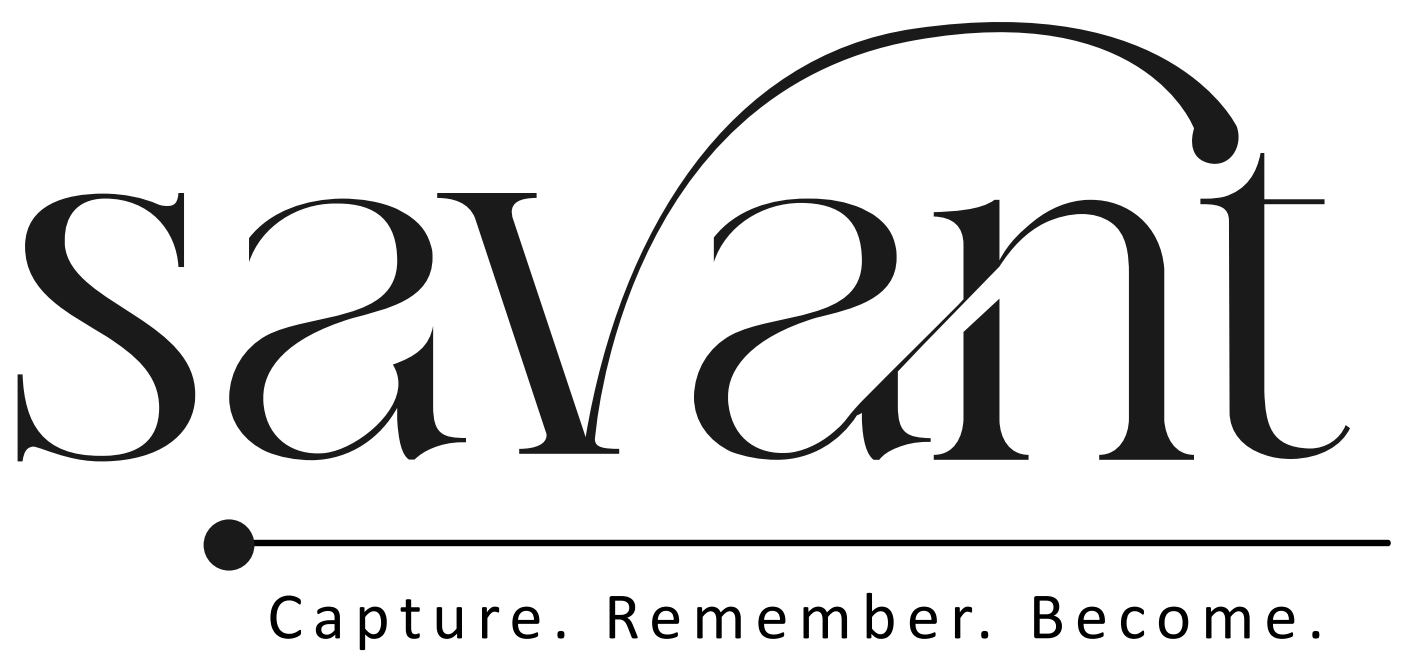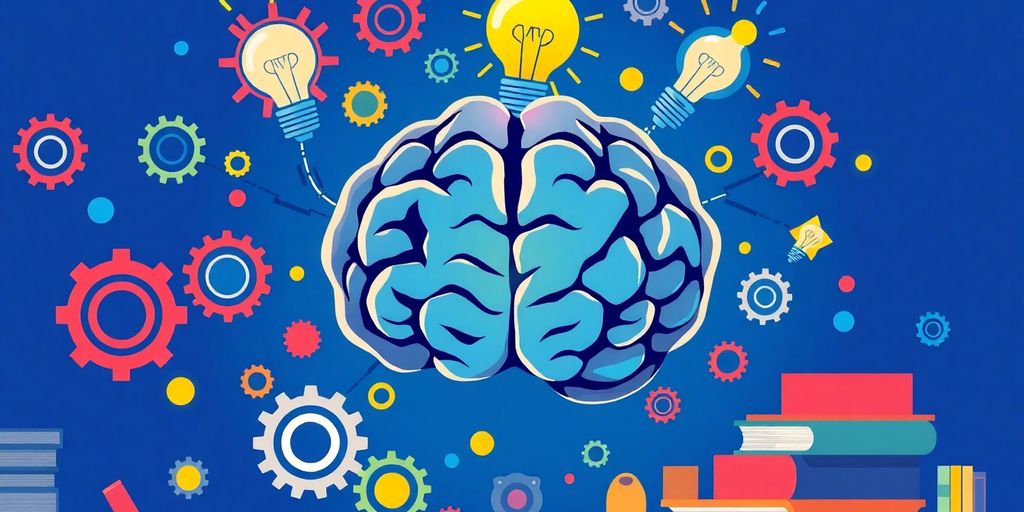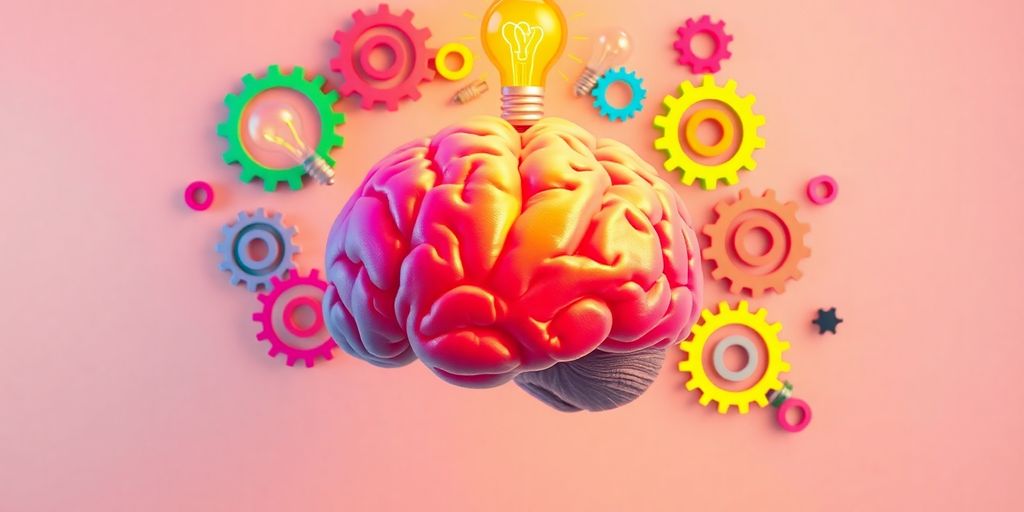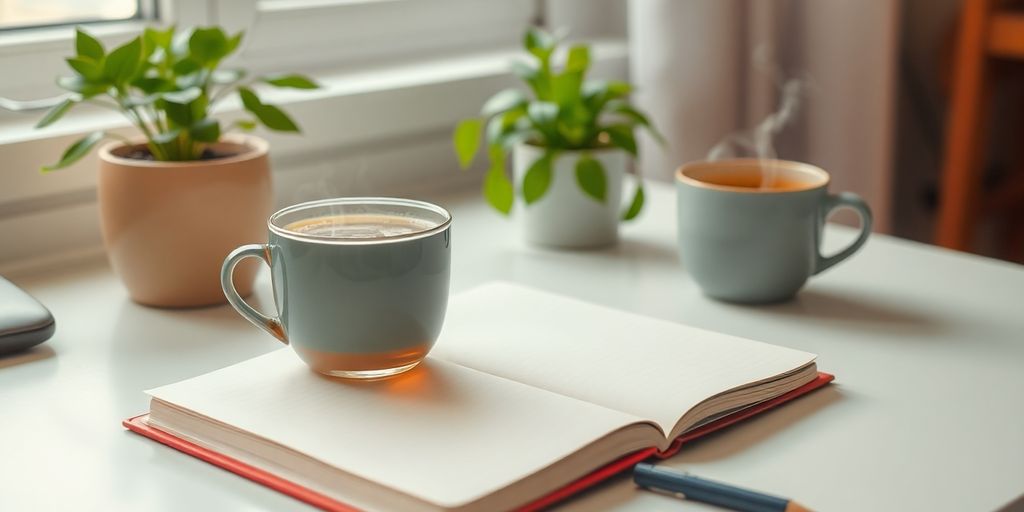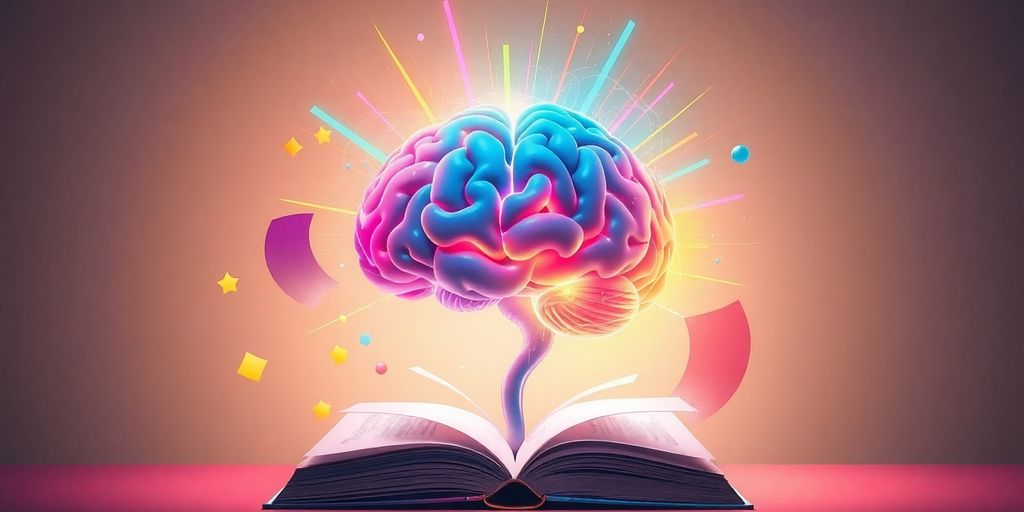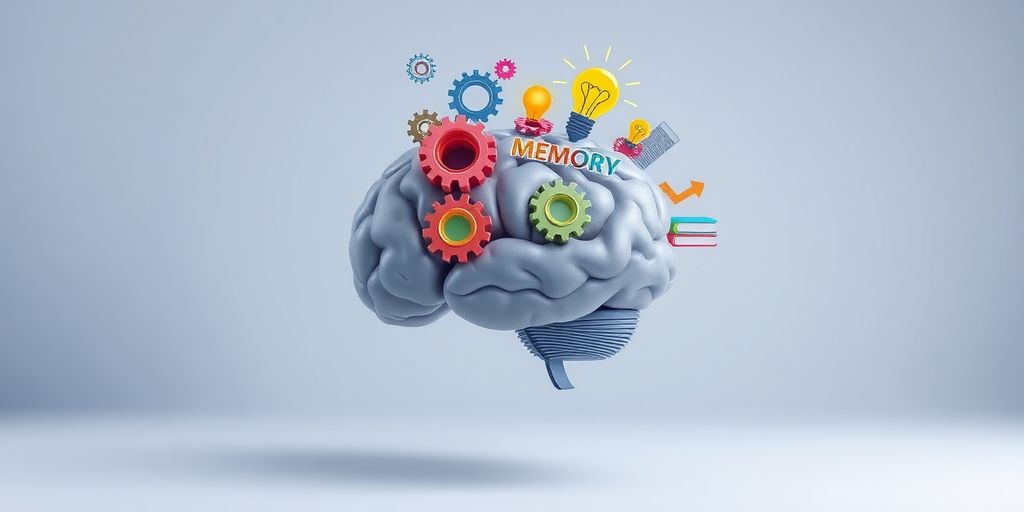Memorizing effectively is a skill anyone can learn. With the right techniques, you can improve your memory and recall abilities. This article will guide you through understanding how memory works, engaging your senses, and applying practical strategies to enhance your memory skills. Let’s dive into some key takeaways that will help you on your journey to mastering memory.
Key Takeaways
- Memory can be improved with practice and the right techniques.
- Using multiple senses makes it easier to remember information.
- Active recall and spaced repetition are essential for long-term memory.
- Creating connections between new and existing knowledge boosts understanding.
- Tailoring memorization methods to your personal learning style enhances effectiveness.
Understanding How Memory Works
Memory is a fascinating part of how our brains work. It’s not just about storing facts; it’s a continually unfolding process. Let’s break it down:
The Science Behind Memory
When we experience something new, our brain starts to process that information. It begins with our senses picking up details from the world around us. This information travels to the hippocampus, a small but mighty part of the brain that helps decide what to keep and what to forget.
Common Myths About Memory
Many people believe that memory is fixed and unchangeable. In reality, memory is a skill that can be developed! Here are some common myths:
- Memory is just about memorizing facts.
- You either have a good memory or you don’t.
- Older people can’t improve their memory.
Short-Term vs Long-Term Memory
There are two main types of memory:
- Short-Term Memory: This is like a temporary storage space. It holds information for a short time, usually just long enough for us to use it. Think of it as a notepad where you jot down quick notes.
- Long-Term Memory: This is where information can stay for years, even a lifetime! It’s like a library filled with all the things we’ve learned and experienced.
| Feature | Short-Term Memory | Long-Term Memory |
|---|---|---|
| Duration | Seconds to minutes | Days to years |
| Capacity | Limited (about 7 items) | Unlimited |
| Retrieval | Quick but fragile | Slower but more stable |
Remember, understanding how memory works can help you use it better!
Engaging Multiple Senses for Better Memory
When it comes to boosting your memory, engaging your senses can make a big difference! Using multiple senses helps your brain create stronger connections, making it easier to remember things later. Here are some fun ways to engage your senses:
Multi-Sensory Learning Techniques
- Test Your Recall: Make a list of items, like groceries or tasks, and try to memorize it. Later, see how many you can remember. The more challenging, the better!
- Cooking Classes: Learning to cook a new dish uses your sense of smell, touch, sight, and taste. Plus, it involves planning and problem-solving, which are great for your brain!
- Learn a Language: The listening and speaking involved in learning a new language can really stimulate your brain.
Using Flashcards Effectively
- Mix It Up: Use flashcards that include images, sounds, and text. This variety keeps things interesting and helps you remember better.
- Schedule Reviews: Go over your flashcards at different times to reinforce what you’ve learned. This method is known as spaced repetition and is super effective for memory retention.
Incorporating Music and Sound
- Background Music: Listening to music while studying can create a pleasant atmosphere and help you focus.
- Sound Associations: Try associating sounds with the information you want to remember. For example, if you’re learning about animals, listen to their sounds!
- Rhythmic Patterns: Create a rhythm or song to memorize facts. This can make recalling information much easier.
Engaging multiple senses not only makes learning more enjoyable but also strengthens your memory connections. Remember, the more you interact with the material, the better you’ll retain it!
Active Learning Strategies
Active learning is all about getting involved with what you’re studying. Instead of just reading or highlighting, try to interact with the material. This could mean summarizing what you’ve learned in your own words or discussing it with a friend. The more you engage, the better you remember!
The Power of Active Recall
Active recall is a memory technique that involves actively retrieving information from your memory rather than passively reviewing it. This method helps strengthen your memory pathways, making it easier to remember information later. Here are some ways to practice active recall:
- Quiz yourself regularly.
- Use flashcards to test your knowledge.
- Teach the material to someone else.
Spaced Repetition for Long-Term Retention
Spaced repetition is a technique where you review information at increasing intervals. This method is effective because it helps combat the forgetting curve. By revisiting material multiple times, you can keep it fresh in your mind. Here’s a simple schedule you can follow:
| Day | Review Frequency |
|---|---|
| 1 | Study new material |
| 2 | Review once |
| 4 | Review again |
| 7 | Final review |
Incorporating Multi-Sensory Learning
Using multiple senses can make learning more engaging and effective. When you involve sight, sound, and touch, you create stronger connections in your brain. Here are some ideas:
- Use videos or diagrams to visualize concepts.
- Listen to audio recordings of the material.
- Write notes by hand to engage your sense of touch.
Engaging multiple senses not only makes learning more enjoyable but also strengthens your memory connections. Remember, the more you interact with the material, the better you’ll retain it!
Advanced Memory Techniques
Memory Palace Method
The Memory Palace method is a classic technique that helps you remember information by associating it with specific locations. Imagine a place you know well, like your home. As you mentally walk through it, you can place items you want to remember in different rooms. This method is super effective! When you need to recall the information, just visualize walking through your palace and seeing each item.
Substitution Method for Abstract Concepts
Sometimes, you need to remember abstract ideas or words that don’t have a clear image. The substitution method helps with this by turning those words into pictures. For example, if you want to remember the word "freedom," you might picture a bird flying away. Here’s how to do it:
- Identify the abstract word.
- Think of a related image.
- Visualize that image clearly in your mind.
Techniques Used by Memory Champions
Memory champions use a variety of techniques to memorize vast amounts of information quickly. Here are some popular ones:
- Visual Imagery Mnemonics: Creating vivid images in your mind to represent information.
- Link and Story Method: Making a story that connects different items you want to remember.
- Spaced Repetition: Reviewing information at spaced intervals to help it stick. This method is especially useful because it helps combat the forgetting curve.
Mastering these techniques can transform your memory skills. With practice, you can remember things faster and more effectively!
Building Effective Study Habits

Creating a Study Schedule
Creating a study schedule is a game changer! Having a plan helps you stay on track and makes studying less overwhelming. Here are some tips to get started:
- Set specific times for studying each day.
- Break your study sessions into manageable chunks.
- Include breaks to keep your mind fresh.
The Importance of Consistency
Consistency is key! Regular study habits help reinforce what you learn. Here’s why it matters:
- It builds a routine, making studying a habit.
- You’ll retain information better over time.
- It reduces last-minute cramming stress.
Avoiding Common Pitfalls
Even the best study plans can go off track. Here are some common pitfalls to avoid:
- Procrastination: Don’t wait until the last minute to study.
- Distractions: Find a quiet place to focus.
- Overloading: Don’t try to learn too much at once.
Remember, building effective study habits takes time and practice. Stay positive and keep pushing forward!
Overcoming Common Memory Obstacles
As we work on improving our memory, we often face some common challenges. Recognizing these obstacles is the first step to overcoming them. Here are a few key issues and how to tackle them:
Dealing with Procrastination
- Set Clear Goals: Break tasks into smaller, manageable parts.
- Create a Schedule: Allocate specific times for studying or reviewing material.
- Use Timers: Try the Pomodoro technique—study for 25 minutes, then take a 5-minute break.
Minimizing Distractions
- Find a Quiet Space: Choose a study area free from noise and interruptions.
- Limit Digital Distractions: Turn off notifications on your phone or use apps that block distracting sites.
- Use Headphones: Listening to calming music or white noise can help you focus.
Staying Motivated
Staying motivated can be tough, but remember that every small step counts! Celebrate your progress, no matter how small.
By addressing these common memory obstacles, you can create a better environment for learning and improve your memory skills effectively.
Personalizing Your Memory Improvement Plan
Identifying Your Learning Style
Understanding how you learn best is the first step in creating a memory improvement plan. Everyone has a unique way of absorbing information. Here are some common learning styles:
- Visual Learners: Prefer images, diagrams, and charts.
- Auditory Learners: Benefit from listening to lectures or discussions.
- Kinesthetic Learners: Learn best through hands-on activities.
Finding your style can help you choose the right techniques to boost your memory.
Setting Realistic Goals
Once you know your learning style, it’s time to set some goals. Make sure they are:
- Specific: Clearly define what you want to achieve.
- Measurable: Use numbers to track your progress.
- Achievable: Set goals that are challenging yet possible.
For example, instead of saying, "I want to improve my memory," try, "I want to remember 10 new vocabulary words each week."
Evaluating and Adjusting Your Strategies
As you work on your memory skills, it’s important to check how well your methods are working. Ask yourself:
- Are you remembering what you wanted to?
- Do you feel more confident in recalling information?
- What techniques are helping you the most?
If something isn’t working, don’t hesitate to change it up! Experimenting with different methods can lead to better results.
Remember, improving your memory is a journey. It takes time and practice, but with the right plan, you can unlock your full potential!
Wrapping It Up: Your Memory Adventure
So, there you have it! Improving your memory is not just a fantasy; it’s totally achievable with the right techniques. By using fun methods like flashcards, storytelling, and even visual tricks, you can make remembering things super easy. Just remember, it’s all about practice and finding what works best for you. Don’t hesitate to switch things up and keep it exciting! With a little effort, you’ll be surprised at how much you can remember. So go ahead, unleash your inner memory champ and enjoy the ride!
Frequently Asked Questions
What are some simple methods to improve my memory?
You can enhance your memory by using techniques like visual images, making connections between ideas, and practicing regularly.
How does spaced repetition help with memory?
Spaced repetition means reviewing information at increasing intervals, which helps move knowledge from short-term to long-term memory.
What is the Memory Palace technique?
The Memory Palace technique involves visualizing a familiar place and associating items you want to remember with specific spots in that place.
Why is active recall important?
Active recall is when you test yourself on what you’ve learned, which strengthens your memory and makes it easier to remember later.
Can technology assist in improving my memory?
Yes! There are apps that use multimedia flashcards and spaced repetition to make studying more effective and engaging.
What if I have trouble visualizing things?
If you find it hard to create mental images, try using other senses or methods that don’t rely on visualization, like verbal associations.
